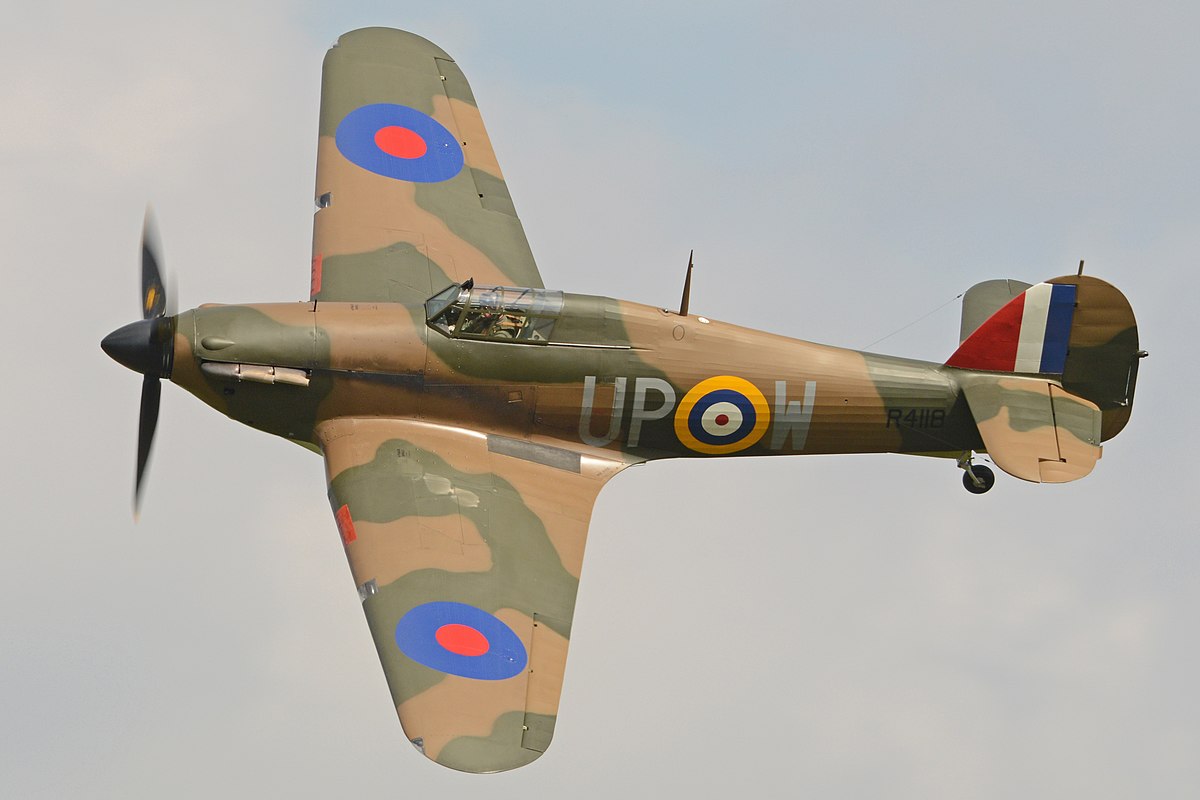FLYBOYJ
"THE GREAT GAZOO"
They should - but the original comment was...Well Curtiss was flying both the H75Q demonstrator and the CW-21 demonstrator in front of Chinese officials in several different Chinese cities in Feb and March of 1939.
They should have had some idea of what they were buying.
I don't believe that's trueI would think the easiest to produce would be the Curtiss P-36.


